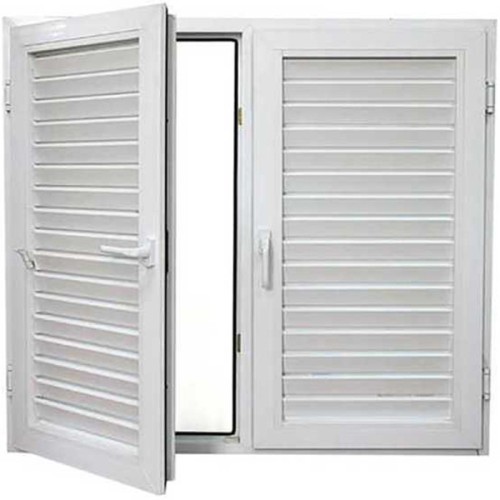Discover the Durability and Design of Fiberglass Louver Windows
Fiberglass louver windows combine timeless aesthetics with cutting-edge material science. Known for their resilience, these windows utilize glass-reinforced polymer (GRP) construction to deliver unmatched performance in harsh climates. Unlike traditional aluminum or vinyl louvered windows, fiberglass shutter windows resist warping, corrosion, and UV damage, making them ideal for coastal homes, tropical residences, and commercial buildings.
What Are Fiberglass Louver Windows?
A fiberglass louver window features adjustable horizontal slats (louvers) framed in glass-reinforced polymer. These slats pivot to control airflow and light, offering superior ventilation compared to fixed-pane alternatives. The term “fiberglass louvered window” often overlaps with “GRP louver systems” or “composite louver shutters,” emphasizing their advanced material composition and functional design.
Manufacturing & Material Advantages
Crafted through pultrusion—a process that layers fiberglass strands with resin—fiberglass louver windows achieve exceptional strength-to-weight ratios. This method ensures uniformity in louver blade thickness and frame integrity, surpassing the limitations of aluminum louver windows. The non-conductive nature of fiberglass also reduces thermal bridging, enhancing energy efficiency.
Classifications & Specifications
Fiberglass louver systems vary by:
- Operational Style: Fixed, adjustable, or motorized louvers.
- Blade Profiles: Flat, curved, or angled designs for optimized airflow.
- Custom Dimensions: Tailored to fit arched, rectangular, or oversized openings.
Common specifications include 2" to 4" blade widths, UL-certified fire ratings, and optional hurricane-impact glazing for storm-prone regions.
Applications Across Industries
From residential sunrooms to industrial HVAC enclosures, fiberglass louver windows excel in environments demanding corrosion resistance and low maintenance. Architects favor them for modern fenestration projects, while marine facilities leverage their saltwater resilience. Compared to wooden louver shutters, fiberglass eliminates rot and termite risks, ensuring decades of service.
Installation Best Practices
Installing fiberglass louvered windows requires precision to maintain weatherproof seals. Key steps include:
- Aligning frames with structural supports.
- Securing stainless steel hinges for smooth louver operation.
- Applying silicone sealants at joints to prevent moisture ingress.
Professional installation is recommended for complex configurations like motorized louver systems.
Fiberglass vs. Aluminum Louver Windows
While aluminum louver windows offer affordability, fiberglass alternatives dominate in longevity and insulation. Fiberglass’s thermal expansion coefficient closely matches glass, minimizing seal failure. Additionally, fiberglass shutter windows support heavier glass inserts, enabling soundproof or security-grade glazing—a rarity in aluminum louvered designs.
Why Choose Fiberglass Louver Windows?
Opting for glass-reinforced polymer louver windows means investing in sustainability and performance. Their lightweight yet robust build simplifies retrofitting historic buildings, while their sleek finish complements contemporary architecture. Explore customizable fiberglass louver systems today to elevate your project’s functionality and curb appeal.

